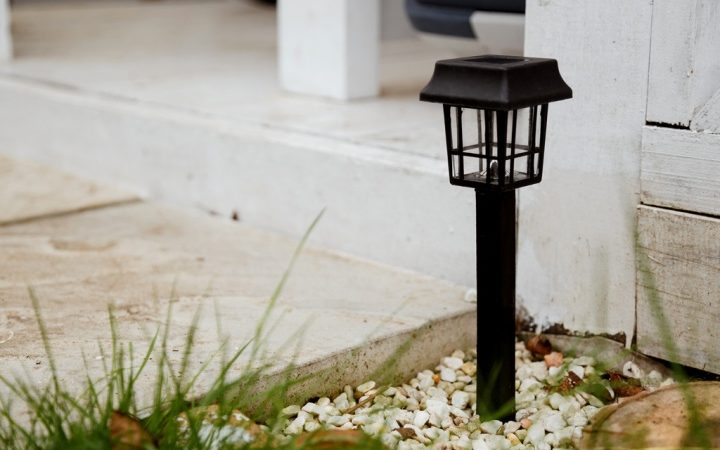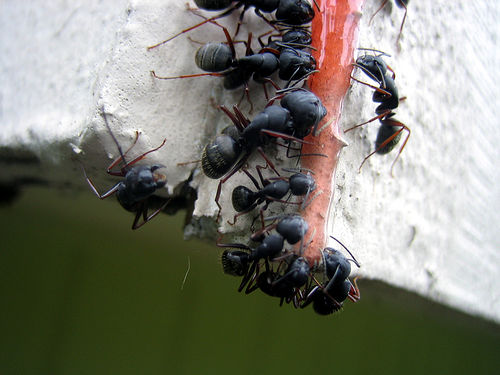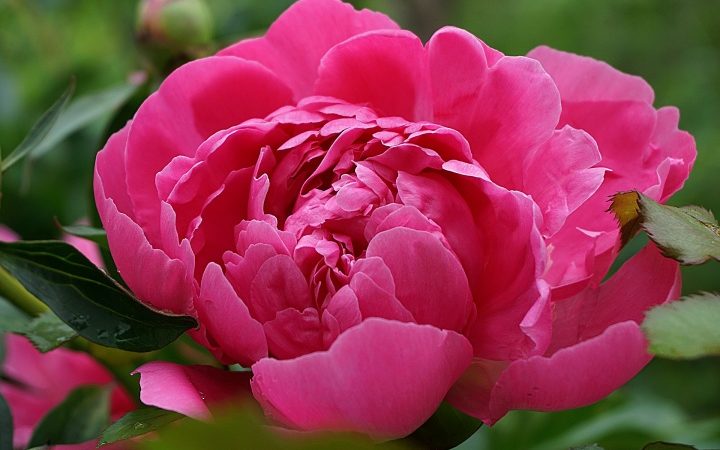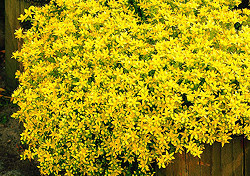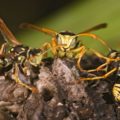Algae are predominantly aquatic plants that photosynthesize. The essence of the process of photosynthesis is that the light-absorbing material of plants, chlorophyll, absorbs light energy in the green parts of the plant to produce various organic substances. Therefore, without light, they cannot survive.
Anti-algae agents
These are used to control algae in the spa. The anti-algae agents used are usually quaternary ammonium compounds. They are available in different grades (foaming, highly foaming or non-foaming). At the same time, it is advisable to increase the chlorine value at the same time (by adding 250 g of trichlorine to 50 m3 of water) in order to improve the result in case of algae growth.
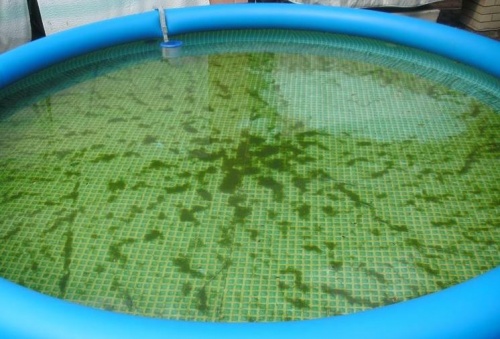
It is well known from practice that algae (mainly green algae) are happy to settle in the sunny parts of the swimming pool. Even with an impeccably cared for pool, algae growth can start in some parts.
This sudden phenomenon on the walls or other places of the pool can be experienced mainly in scorching warm weather, sultry air, and warm, rainy weather. Other causes of algae formation include too short a turnaround time or dead corners that cannot be flushed with water (possibly changing the position of the nozzles).
Algae also grow at relatively low temperatures, only more slowly.
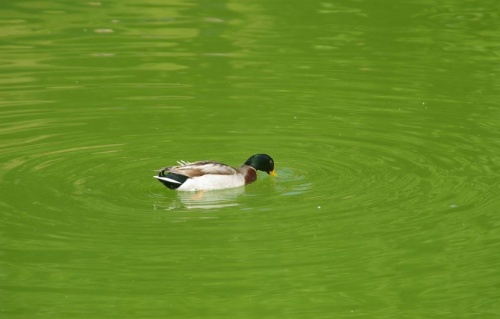
Ducks swim in algae water than we do
Homemade algae removal
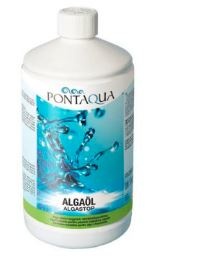
Be sure to ensure that the rotation is adequate. Sometimes it happens that the pool owner simply reduces the turnaround to save electricity. One symptom of insufficient turnaround is the proliferation of insidious green algae in hard-to-reach parts and corners of the pool.
Brush cleaning should also be done regularly. This removes the invisible seaweeds from their settlement site and may damage their surface, making them accessible to the disinfectant and destroying them. The dead parts are collected by the filter, from which they are then removed by the next backwashing.
Never have less disinfectant in the water than necessary!
So:
- use algaecide and flocculant if your water is algae, if there is floating dirt in it.
- Algaecide is worth putting in a little at the beginning as a precaution, but it is always completely unnecessary.
- What you need, first, a pH adjustment, then shocking chlorination with fast chlorine as some algaecide prevention (Chlorine shock is when the chlorine content is suddenly raised to 3 mg / l)
- After that, all you have to do is check the pH level and keep it chlorinated and rotated
- It is advisable to put a slow chlorine tablet in a floating chlorinator

